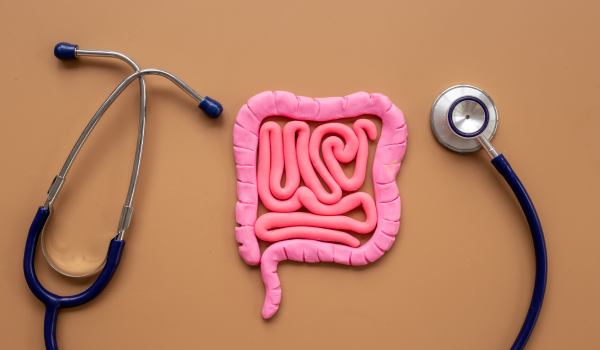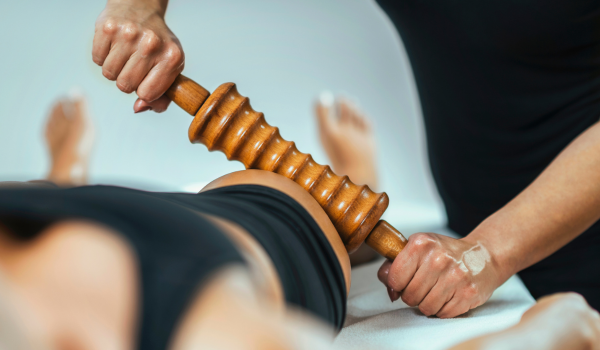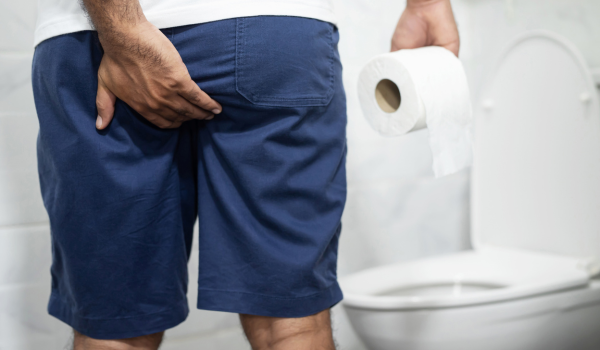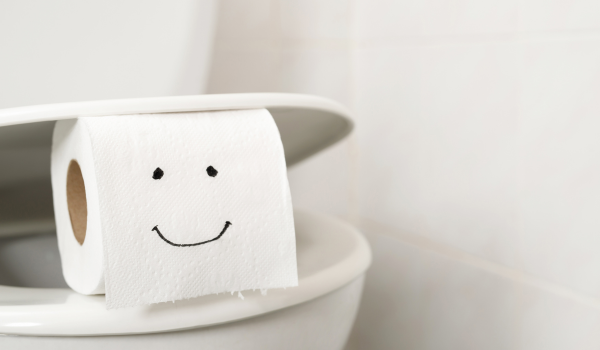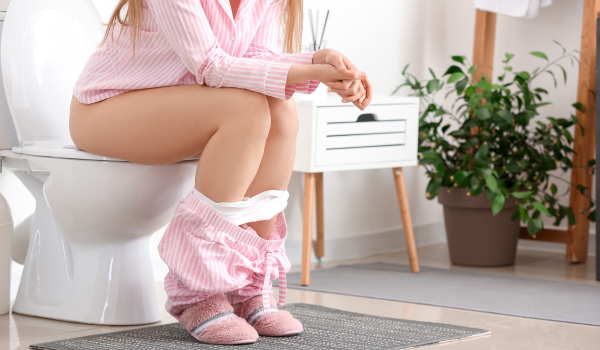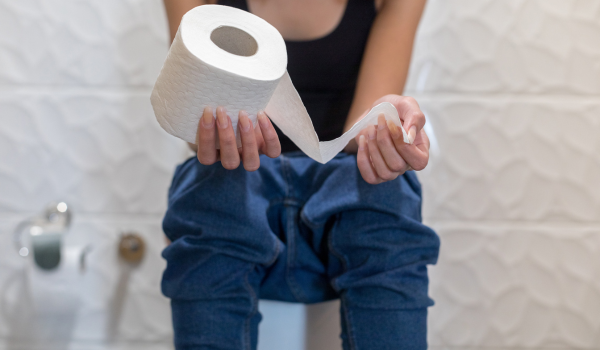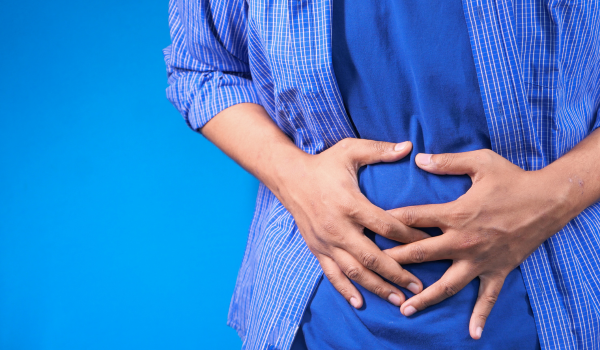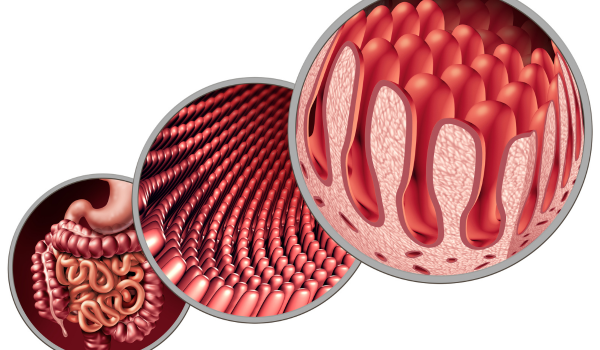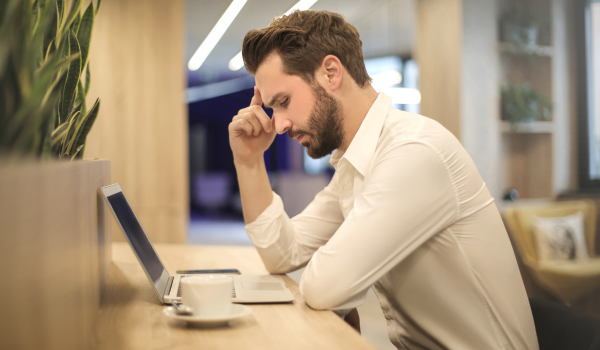
After your body absorbs nutrients from the food you eat, the remaining undigested material travels through your digestive system to be broken down into waste. Once this waste reaches the colon, it is softened and formed into stool. Passing stool through the rectum and anal opening is called a bowel movement, commonly known as pooping.
Many people don’t think about the position they adopt when having a bowel movement, but your posture can significantly impact how easily you poop. Changing your position may relieve constipation, reduce straining, and improve overall digestive comfort.
What Positions Help You Poop?
In Western countries, most people sit upright on the toilet with their feet flat on the floor. While familiar, this posture may increase the likelihood of constipation, hemorrhoids, and other digestive problems.
Research shows that squatting can be more beneficial. Squatting:
-
Reduces pressure on internal organs
-
Relaxes rectal muscles
-
Straightens the anorectal angle, making it easier for stool to pass
Conversely, sitting upright increases the anorectal angle and makes bowel movements more difficult. To mimic squatting at home, you can use a defecation posture modification device (DPMD), also called a toilet stool or potty stool. Placing your feet on the stool while sitting on the toilet raises your knees above your hips, which can help empty your bowels more completely and comfortably.
Alternative Positions for Easier Bowel Movements
Lean Forward: Leaning forward with elbows on your thighs can help facilitate stool passage. Installing a grab-bar nearby can provide support and stability.
Hip-Flex Sitting: Sitting with hips flexed at around 60 degrees can reduce abdominal strain. This posture encourages easier bowel movement without full squatting.
Relaxation: Keep your stomach and rectum relaxed while pooping. Avoid straining, which can lead to hemorrhoids and discomfort.
Time Management: Avoid spending more than 10 minutes on the toilet. Prolonged sitting can increase the risk of hemorrhoids. If bowel movements are difficult, step away and try again later rather than forcing it.
Signs of Constipation
Constipation is often defined as having infrequent bowel movements or difficulty passing stool for three weeks or more. Common signs include:
-
Hard, dry, or lumpy stool
-
Pain while pooping
-
Feeling incomplete bowel evacuation
-
Fewer than three bowel movements per week
Common causes of constipation include:
-
Dehydration
-
Low fiber diet
-
Certain medications
-
Pelvic floor disorders
-
Irritable bowel syndrome (IBS)
-
Pregnancy
-
Hormonal conditions like hypothyroidism
-
Diabetes or metabolic disorders
-
Intestinal obstructions
-
Sudden dietary changes
How Can You Make Pooping Easier?
In addition to posture adjustments, several lifestyle changes can relieve chronic constipation and promote regular bowel movements.
Increase Fiber Intake: Eat fiber-rich foods such as leafy greens, fruits, legumes, and whole grains. Fiber supplements are also effective.
Stay Hydrated: Drinking enough water keeps stool soft and easier to pass.
Maintain a Routine: Go to the bathroom at the same time daily and avoid holding in bowel movements.
Post-Meal Timing: Attempt to poop 15–45 minutes after breakfast or lunch when your body’s natural digestive reflex is active.
Other Helpful Tips:
-
Drink coffee in moderation
-
Exercise regularly to stimulate bowel activity
-
Take magnesium supplements if needed
-
Consider OTC stool softeners or stimulant laxatives for temporary relief
When to Contact a Healthcare Provider
Occasional constipation usually isn’t serious. However, medical attention is warranted if constipation persists or worsens over time. Consult a healthcare provider if:
-
You go three or more days without a bowel movement
-
You experience severe abdominal pain, nausea, or vomiting
-
You notice bloody stool or rectal bleeding
-
Chronic bloating occurs
-
Stool contains mucus or pus
-
You have unexplained weight loss, fatigue, or fever
If medication may be causing constipation, a healthcare provider can recommend alternatives or prescription laxatives.
Key Takeaways for Healthy Bowel Movements
-
Adjust your posture by mimicking a squatting position with a toilet stool
-
Lean forward with elbows on thighs and keep your stomach relaxed
-
Flex your hips while seated to ease bowel movement
-
Increase fiber and water intake to prevent constipation
-
Establish a consistent toilet routine and avoid straining
-
Seek medical advice if constipation persists or severe symptoms occur
Maintaining healthy bowel habits not only reduces constipation and straining but also supports colon health, digestive efficiency, and overall well-being.
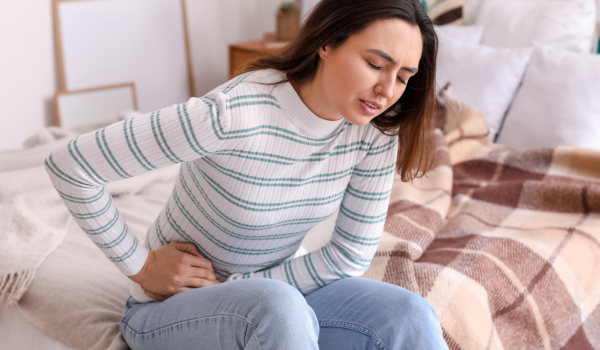
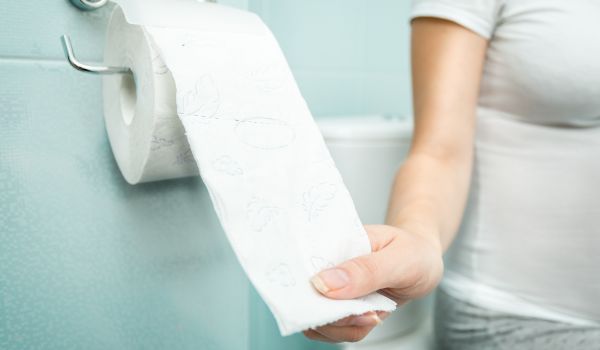
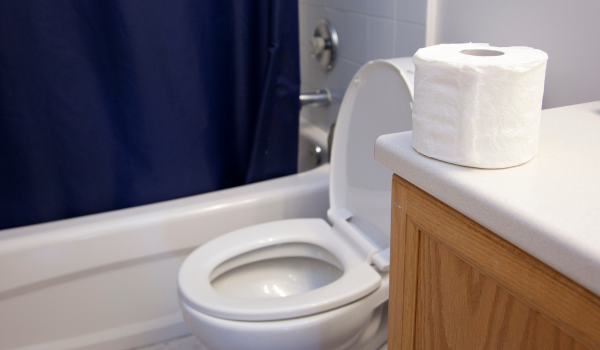
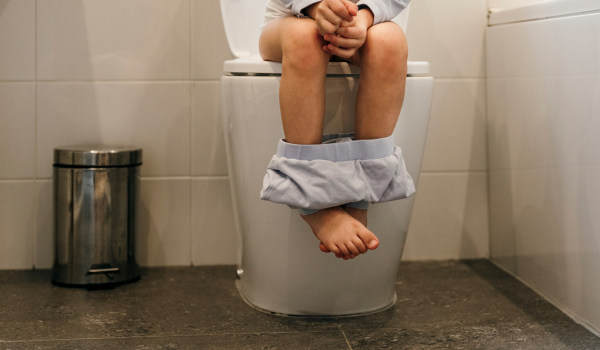

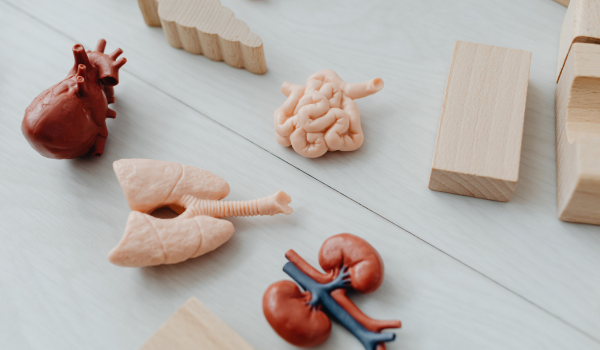
.png)
